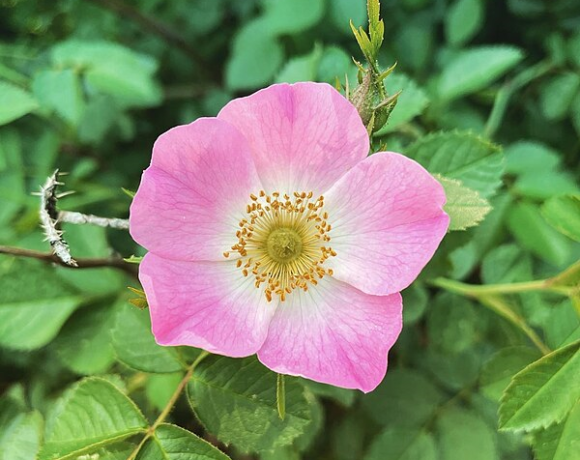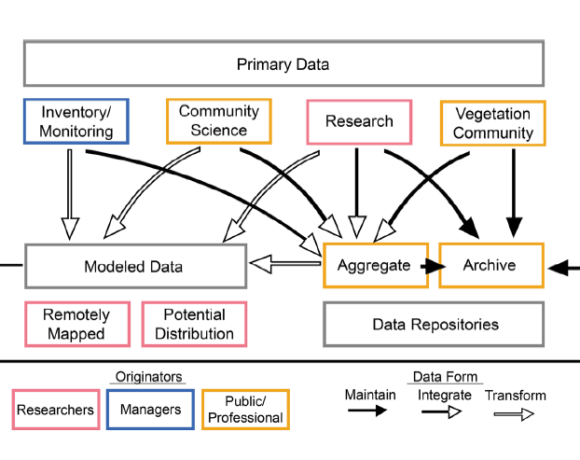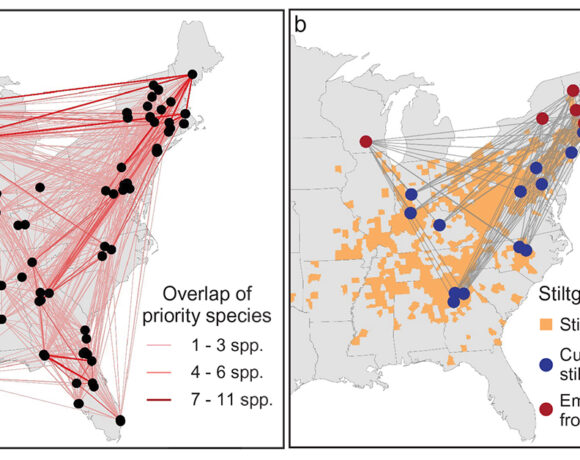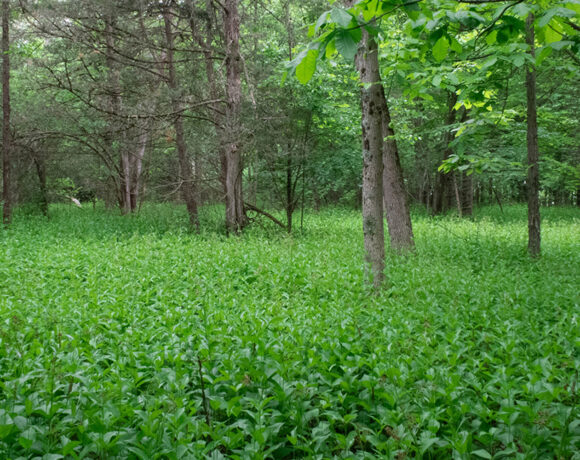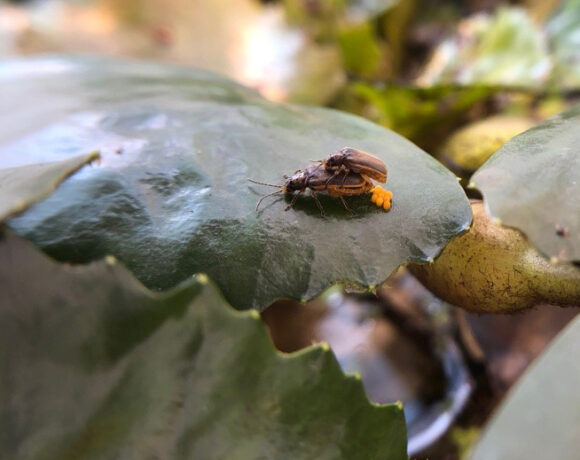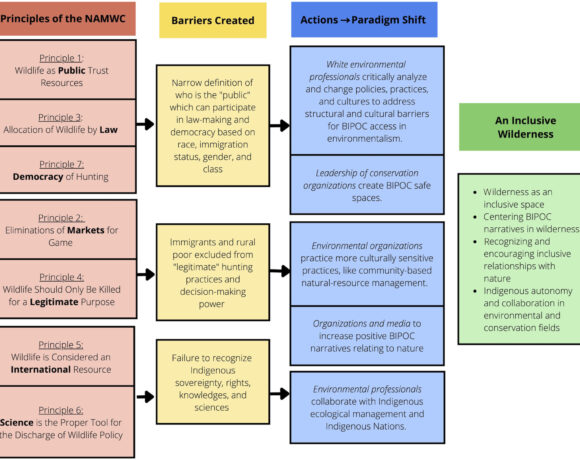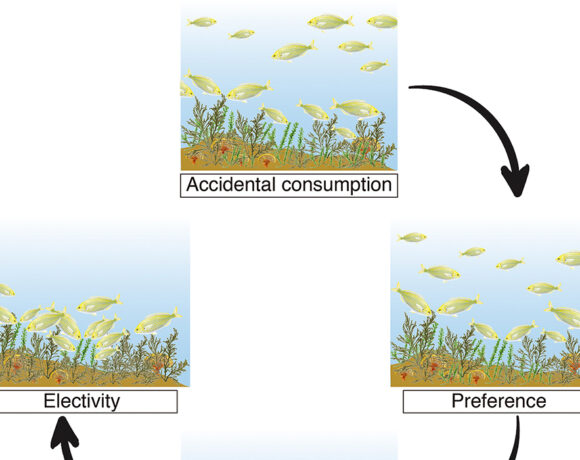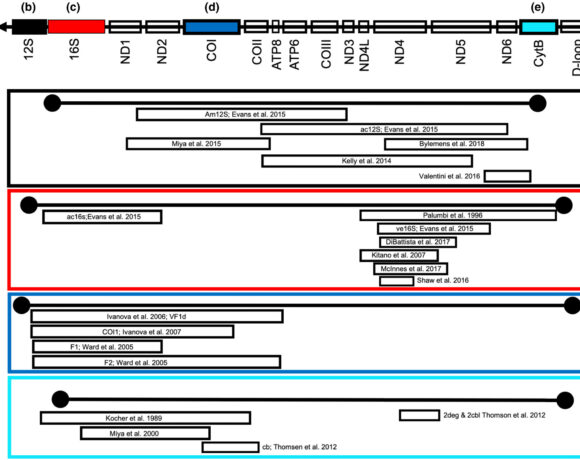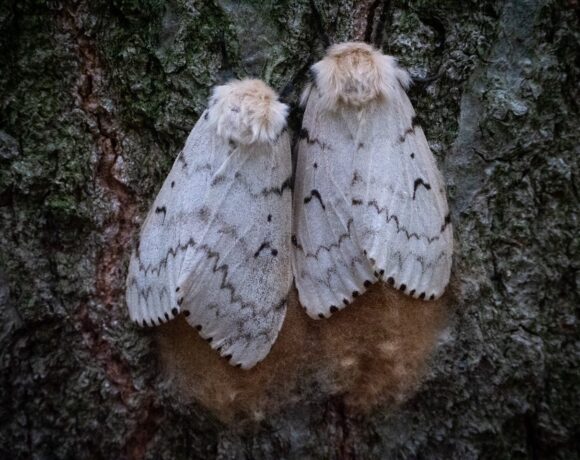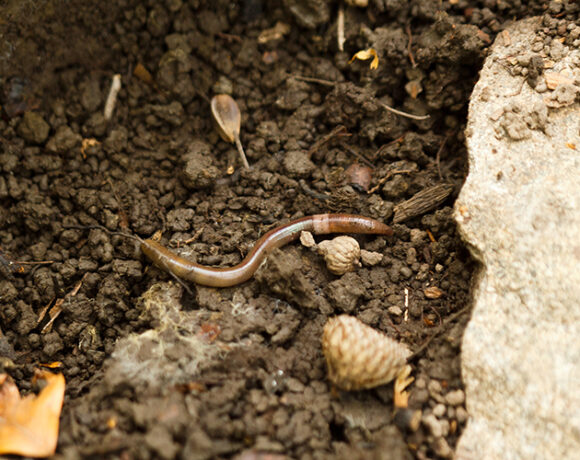A Place to Pool Data on Potential Plant Invasions
Culley, T.M., Dreisilker, K., Clair Ryan, M. et al. The potential role of public gardens as sentinels of plant invasion. Biodivers Conserv 31, 1829–1844 (2022). https://doi.org/10.1007/s10531-022-02391-z
Summary written by Justin Dalaba, edited by Audrey Bowe
Public gardens have been called upon to adopt measures for preventing new plant invasions, but lack a formal mechanism for communicating about problematic plants. This study informs how public gardens can collectively contribute data for potential new invaders.
Summary
An unfortunate reality of the horticulture trade is that many desirable traits of ornamental plants such as rapid growth, environmental adaptability, and pest resistance are also associated with invasiveness. While North American public gardens have worked to integrate conservation goals, occasional escapes from cultivation can create a perceived tension with horticulture goals (e.g. propagating new plant varieties). Following the 2002 St. Louis Voluntary Codes of Conduct for Botanic Gardens and Arboreta, which calls upon the public garden sector to take significant action to address invasive species, many gardens have independently taken steps to generate escaped plant lists and weed risk assessments, but not in an organized framework. In this paper, Culley et al. compiled and categorized data on escaped plants by using lists of problematic plant species developed independently by seven different public gardens. Using the USDA PLANTS database or EDDMapS, they classified 589 species by habit (tree, vine, shrub, herb) and compared against respective invasive species within the garden’s geographic region. Seven species were listed as escaping cultivation by all seven gardens, and pooled data (including parental species and cultivars) yielded 769 species listed as problematic at one or more gardens. The authors identified inconsistencies in the methods used by gardens to develop escaped plant lists, and few shared their data with other stakeholders, limiting their capacity to serve in a sentinel function. Significantly more gardens identified species as problematic than the number of states that recognized that species as already invasive, underscoring the value public gardens can hold as sentinels for new invasions. After comparing different methodologies across gardens, the authors propose the below guidelines based on consensus for standardized data collection.
Key Recommendations:
The authors propose that all public gardens should:
1. Develop and maintain a sentinel list for collected plant taxa observed escaping both within and beyond their property bounds
2. Assign knowledgeable staff and volunteers with appropriate expertise to make accurate observations of plant spread and behavior
3. Tier their lists using standardized categories, such as invasive, potentially invasive, watchlist, and assessed as invasive, defined by parameters that can be readily assessed through observation
4. Prioritize policy and management recommendations for potentially invasive species, balancing plant collection goals with conservation goals
5. Make their sentinel lists available by means of a shared restricted-access database (see: http://pgsip.mortonarb.org/Bol/pgsip)
6. Periodically reassess species and their cultivars to update lists as spread could gradually increase over time (e.g. with climate change)
Public gardens are in a unique position to form a sentinel network to aid in detecting potential invasive species. An organized framework for pooled garden data and information sharing could form an early warning system while influencing policies on how to handle potentially invasive species. Without this work, plants may escape notice until populations are too large to effectively eradicate.


